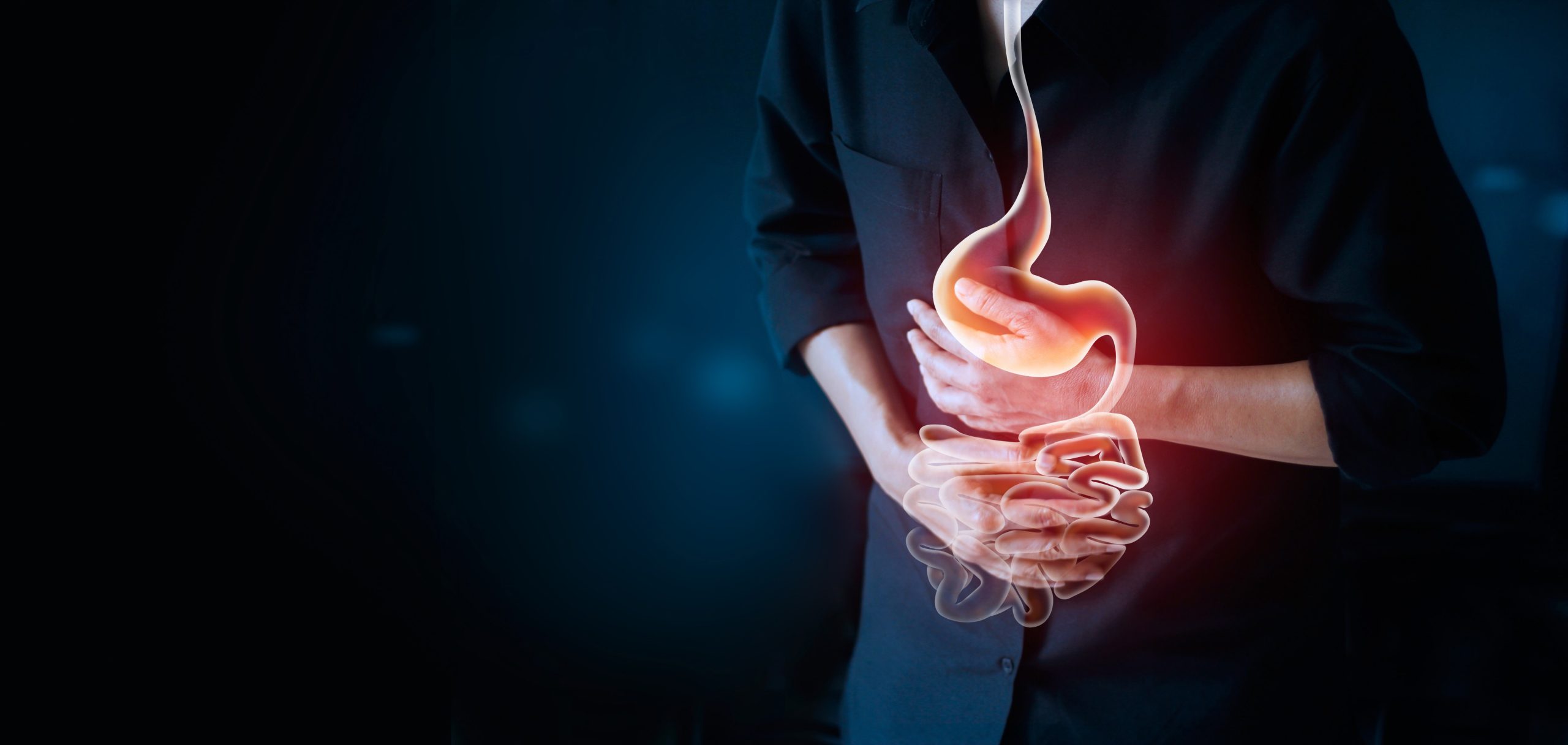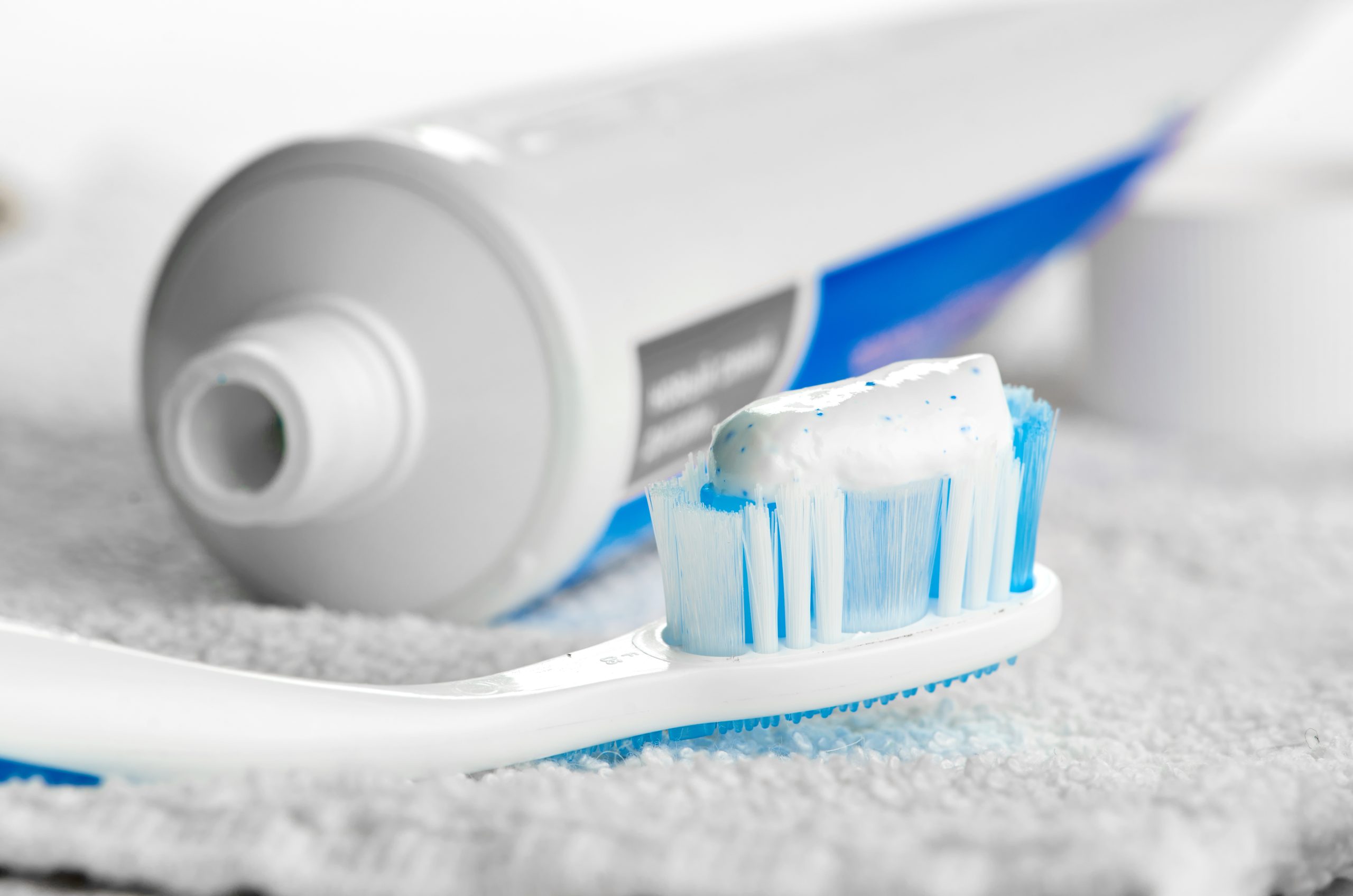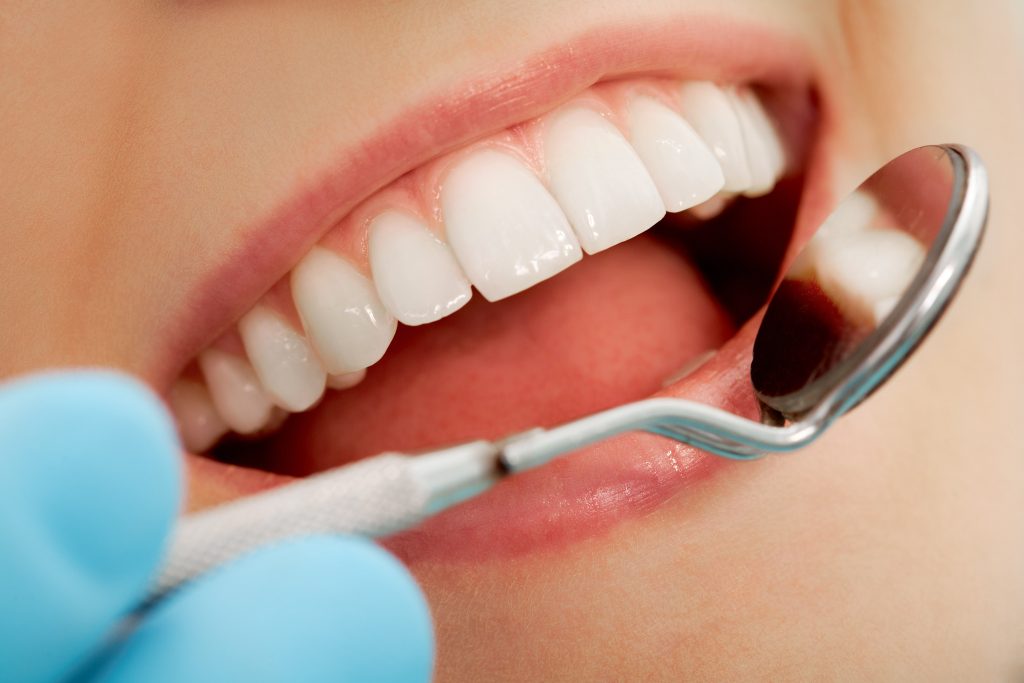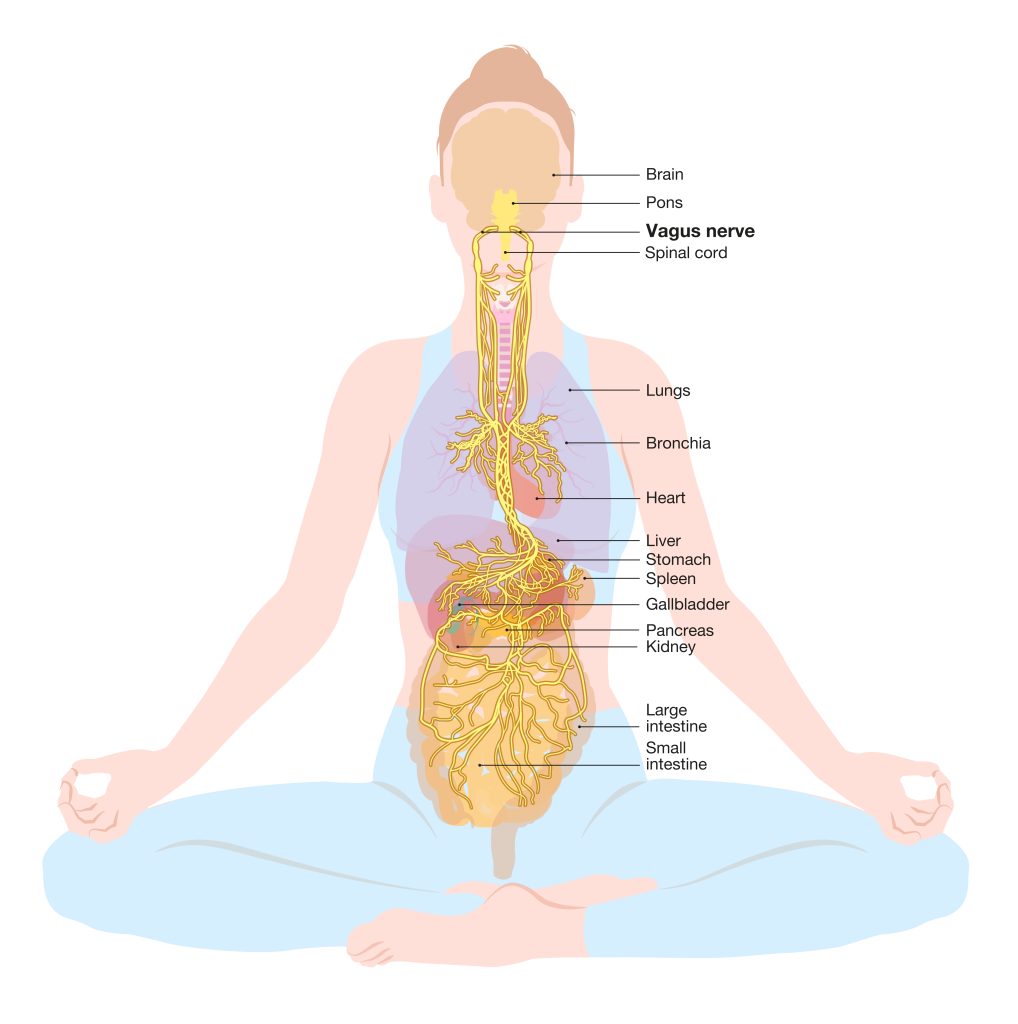You may not be thinking of hormone imbalance when you’re trying to assess your symptoms like:
Loss of muscle mass and tone Loss of Confidence
Weight gain High Cholesterol/Triglycerides
Loss of energy Diabetes
Decreased sex drive Hypertension
Depression Weight gain around the waist
Libido Weight gain in spite of exercise
Lack of motivation Decreased nocturnal erections
Fatigue Erectile dysfunction (ED)
Loss of energy Stroke
Poor concentration Irregular heartbeat
Anxiety Depression
Irritability Arthritis
Heart attack Vaginal Dryness
What are Hormones?
Hormones are chemical messengers that travel through the body from one place to another. They originate from a gland that produces them and they travel through the bloodstream and are received by a receptor. When the receptor receives the hormone, a signal is sent back as a feedback loop kind of like your thermostat. If there is no feedback mechanism, then the hormone levels continue to rise and that can lead to various health problems. The disruption of the feedback loop can be caused in a few ways:
- One way is by blocking the receptors that hormones attach to. Blockers are called endocrine disruptors and in this situation the hormones don’t shut off, they keep climbing.
- Another way is for a receptor not to work anymore is called hormone resistance. It can happen with estrogen for example, if there is a high-level chronic output of estrogen but the cells start blocking that now the hormone can’t do its job anymore.
Causes of Hormone Imbalance
Surprisingly the testosterone levels in both men and women are three to four times less than what they would have been thirty years ago which means most of us likely have a hormone imbalance. So what’s causing the hormone imbalances? The answers may surprise you. Let’s take a look at what Jim Baker had to say when her wrote a guest editorial for Dr. Malone MD, MS discovered:
- The most common cause of hormone imbalance is PVC piping. It contains chemicals such as lead, cadmium, and phthalates which are designed to make the PVC more durable, but at the same time, are quite dangerous. Of these chemicals, phthalates, are endocrine disruptors and block androgens. Since PVC piping is found in almost every commercial and residential building; all the water you drink, cook with, swim in or bathe with is most likely flowing through PVC piping. Unfortunately, when the PVC piping begins to break down, those foreign and dangerous chemicals are released into the water supply and subsequently find their way into the body. This means that our entire population, regardless of age or gender, is affected by the dangerous chemicals found in PVC piping. In fact, The World Health Organization (WHO) has seen testosterone levels in boys six to twelve years old decrease 24-34% in the last few years. Similarly, the WHO also reported that these chemicals were found in 100 % of pregnant women. Thankfully, the WHO is aware of just how dangerous the chemicals in PVC piping are, even going so far as to coining these chemicals as “gender benders” that not only interfere with female and male chromosomes and the production of sperm and egg, but also that cause obesity, Type-2 diabetes, infertility, dementia, and loss of memory. Because of these data, there is a current campaign to eliminate these chemicals through outlawing them all together throughout the United States.
- BPA Plastics – BPA stands for Bisphenol-A. It is an industrial chemical that has been used to make certain plastics and resins since the 1960s, which are often used in containers that store food and beverages.
- Certain medications – For example, as of 2018, 30.3 million Americans have been diagnosed with heart disease, and are subsequently prescribed statins, a class of lipid-lowering medications to manage their disease. However, studies have shown that 35-50% of men will experience a decrease in their testosterone levels when on statins. Roughly estimating, this means that around 15 million men across the United States are experiencing a decrease in testosterone due to statins alone.
- Sugar consumption – there is more sugar content in a bowl of oatmeal than in a root beer float and a bag of Twizzlers combined. Consistent consumption of large amounts of sugar can cause a barrage of symptoms, including weight gain, abdominal obesity, decreased HDL and increased LDL, elevated triglycerides, high blood pressure, and increased uric acid levels. Most importantly, however, increased sugar consumption can cause Type-2 Diabetes, and those who suffer from that disease have a 57% decrease in their testosterone levels.
- Lack of sleep – When you don’t sleep well, it throws off your body, and one of the effects is a decrease in testosterone. When you are sleep-deficient, your body doesn’t replenish testosterone naturally, which can be a vicious cycle, because we need testosterone to enter REM cycles and to sleep well, but low levels of testosterone can also cause lack of sleep. We lose both ways!
- Environmental toxins such as air fresheners, perfumes, and pesticides. Unfortunately, recent studies are linking the chemicals in Roundup to hormonal imbalances which effects even a higher amount of our population than Atrazine. In fact, studies have shown that 93% of us have traces of Roundup (Glyphosate) in our urine. When these life-altering chemicals found in toxins such as Roundup or Atrazine get into our bodies, they wreak havoc on our systems.
- Heavy metals such as aluminum and mercury are hazardous to humans and can also cause hormone imbalance when they build up in the body. Do you know the most common way those chemicals get into our bodies? It is not only through the environment but also through standard vaccines.
Eating to Restore Balance
The causes of hormone balance mentioned gives us great insight into how we can do our best to limit them. And we can also look at what you can eat to provide more balance with individual hormones.
- Thyroid gland produces T4 hormone- to enhance this hormone you should eat sea kelp and sea food. T4 has to be converted to the active form T3, and most of that happens in the liver and kidneys. So you need a healthy liver and kidney. Selenium is the key mineral for this conversion from T4 to T3 and the best food for selenium is the brasil nut. One a day will give you all the selenium you need.
- If you have too much thyroid hormone, then cruciferous vegetables are necessary because the compound in cruciferous vegetables that inhibits iodine which is required for thyroid hormone production.
- Cortisol– lowering stress will help with cortisol levels. But as for what foods to eat, those that are high in potassium and magnesium so more salads, leafy greens. In a low cortisol situation, sea salt would be good to take in because when the adrenal glands burn out, they lose the retention of sodium. So, if you’re not taking in enough sea salt that can weaken the adrenals.
- Growth hormone– the anti-aging hormone. It helps preserve muscles and other proteins. To stimulate this hormone, you need to consume protein. The amino acid that helps increase growth hormone is arginine and this is an amino acid is found in protein. So, make sure the protein you consume has the complete profile of amino acids like eggs, nuts, animal meats, seafood. Other ways to increase growth hormone are HIITS and quality sleep.
- Testosterone– to increase this hormone you need zinc, which is found in red meats, seafood, especially oysters. Avoid estrogen which is found in foods like dairy and fermented soy. Don’t go on a low- fat diet because testosterone is a steroid hormone built from cholesterol. That also goes for cortisol, estrogen and progesterone. These are sex hormones that need cholesterol as their building block
- If you’re a female and you have too much androgen which is a form of testosterone. A condition called PCOS- polycystic ovarian syndrome can result. This is lowered by lowering the hormone that is triggering it which is insulin. So, things like low carb diet, fasting, will help lower the output of androgens
- Estrogen– a lot of both men and women are estrogen dominant so starting with drinking water, you want to get a filter for drinking water. To help regulate estrogen you want to eat more cruciferous vegetables and sea kelp, avoid dairy. If your low estrogen things like organic fermented soy is a good option.
- Progesterone is enhanced with omega-3 fatty acids found in salmon, cod liver oil.
- Vitamin D is a hormone and sunlight, some cod liver oil and salmon are good sources.
- Insulin– lowering insulin can be accomplished by lowering carbs, intermittent fasting, lowering msg and lowering stress.
- If you don’t have enough insulin- it’s better to support the gland that makes insulin- the pancreas through healthy foods like leafy greens, purple skin fruits, turmeric root, licorice root, probiotics, cruciferous vegetables, sweet potatoe, garlic, reishi mushrooms and ginger
- Two things that help balance the whole system is healthy keto and intermittent fasting
As a retired registered massage therapist, I’ve always been interested in health. I grew up loving sports so that carried into my adult life in my chosen career paths and in my personal life. I now stay active with weight training, hiking and biking. My professional life has always been in health care. This has inspired me to seek out and adopt a life of natural health and wellness.

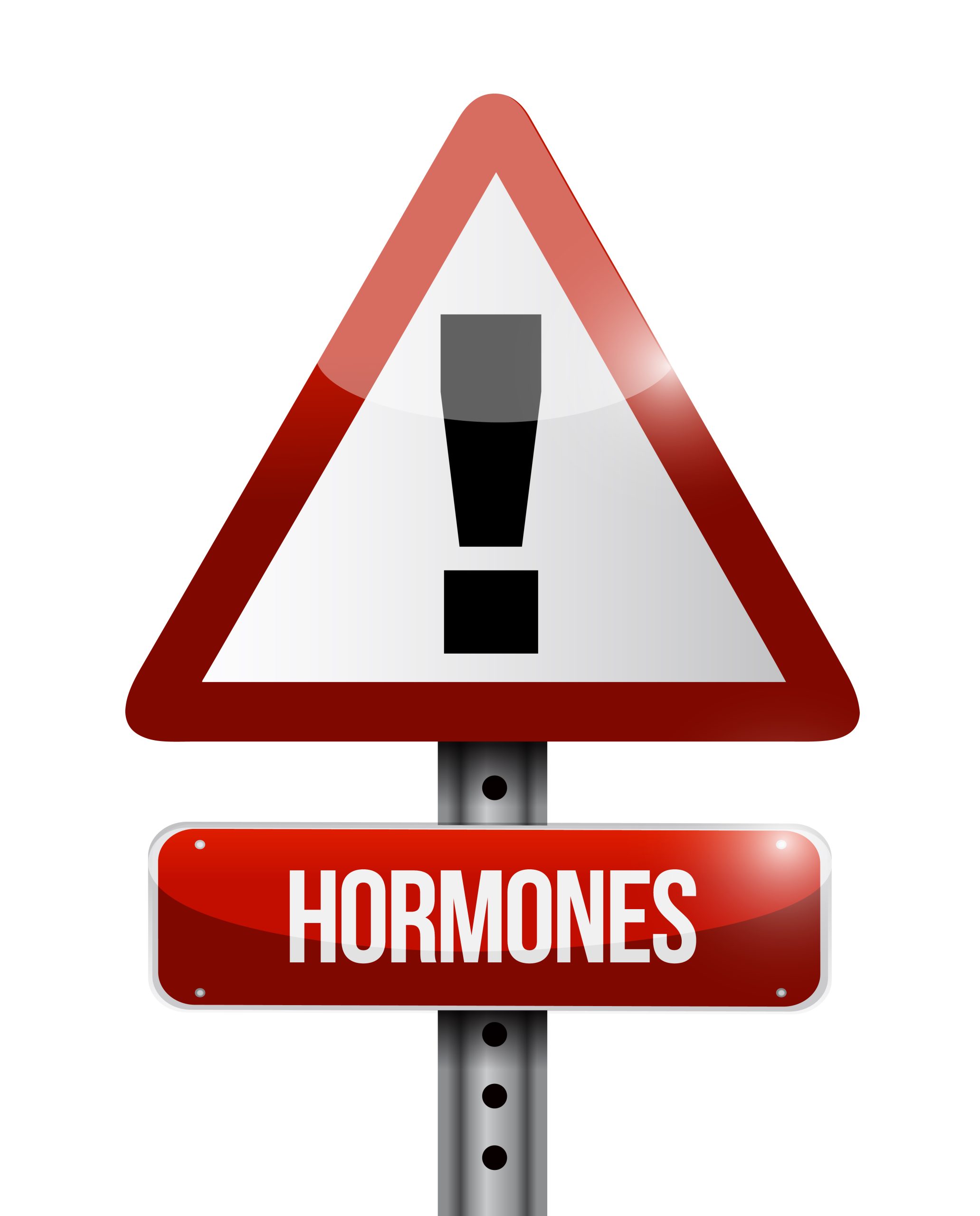
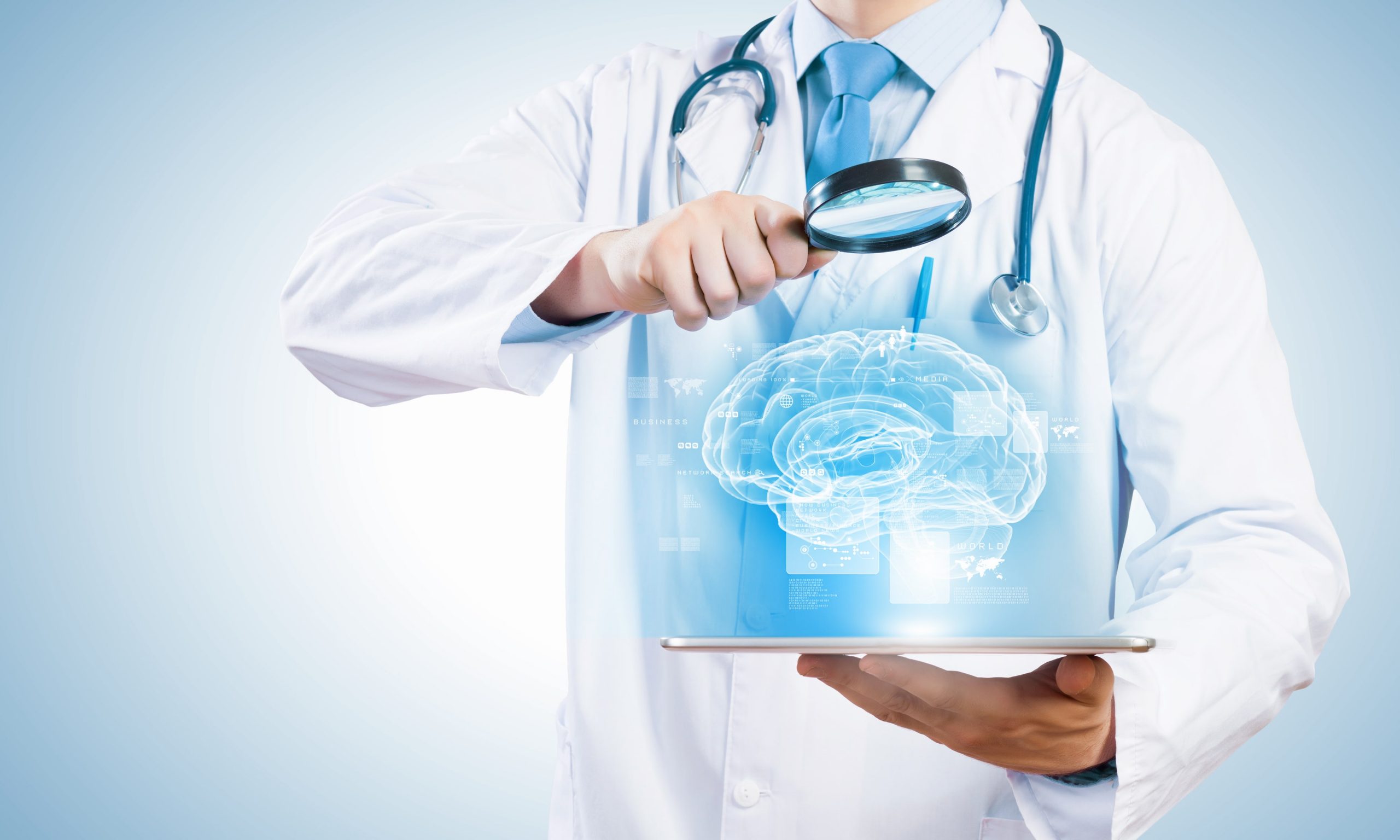
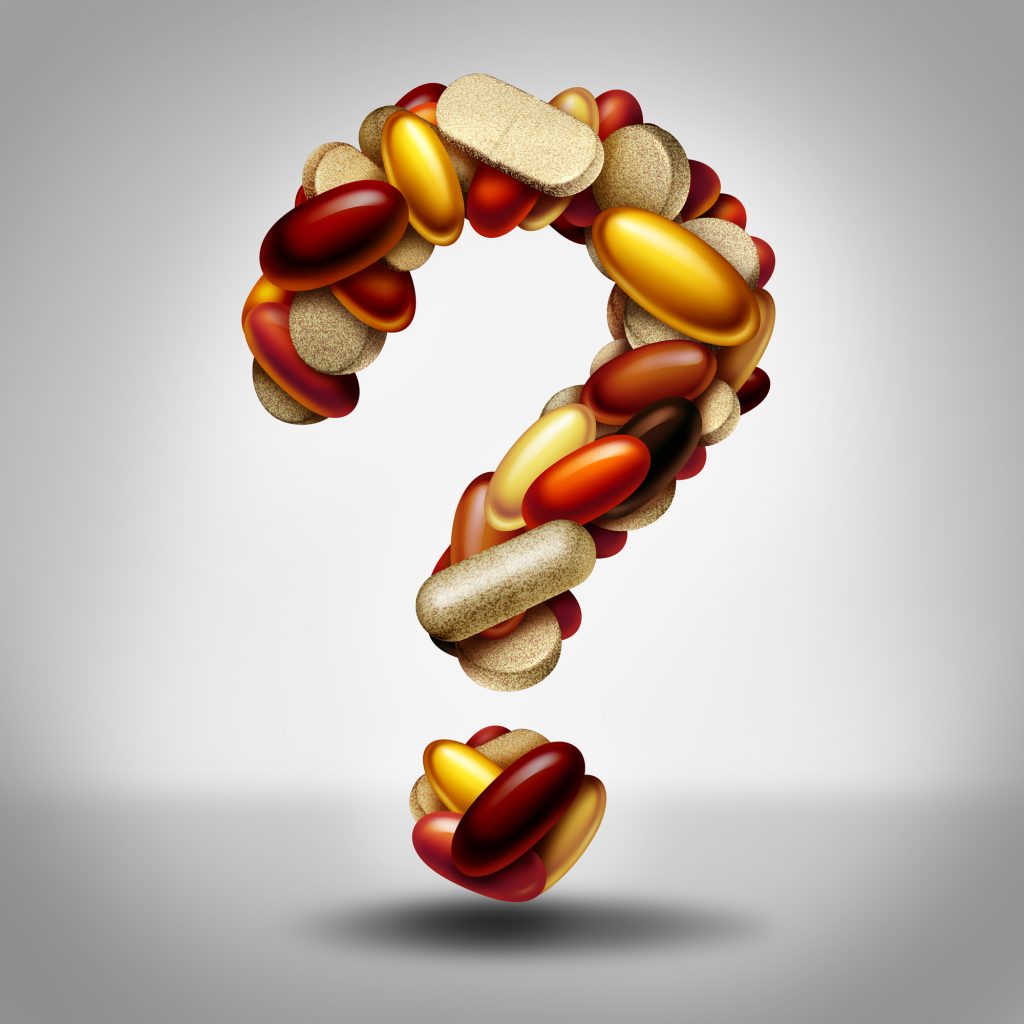

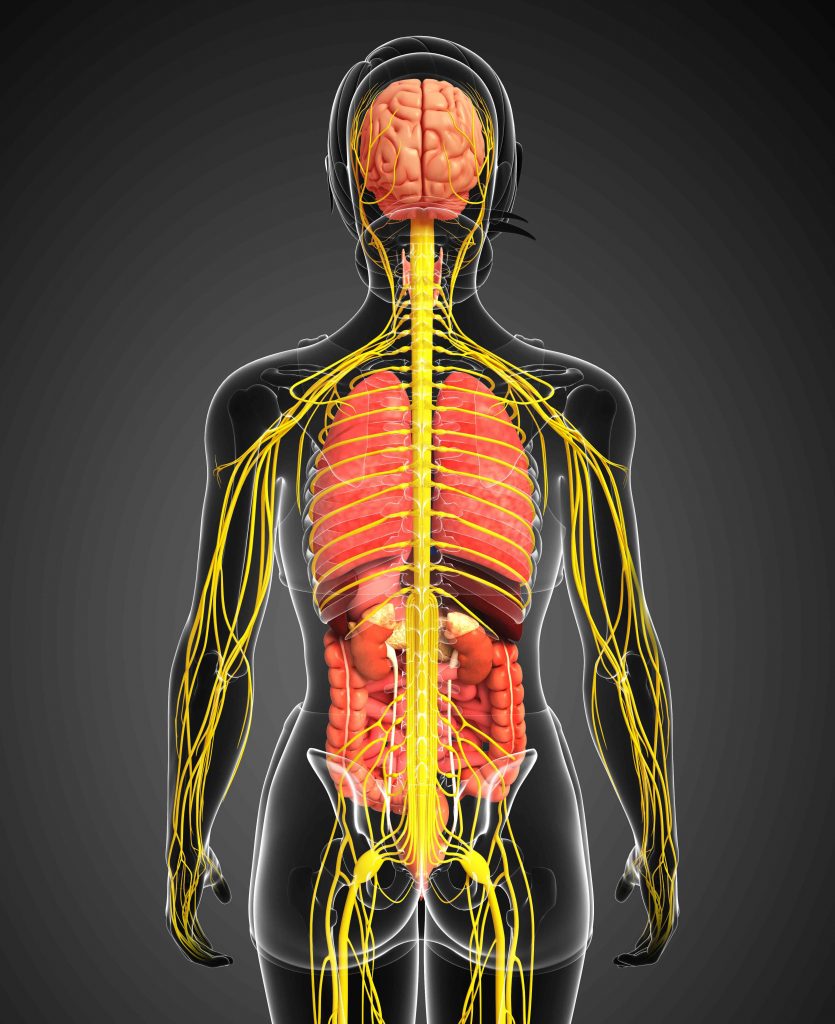
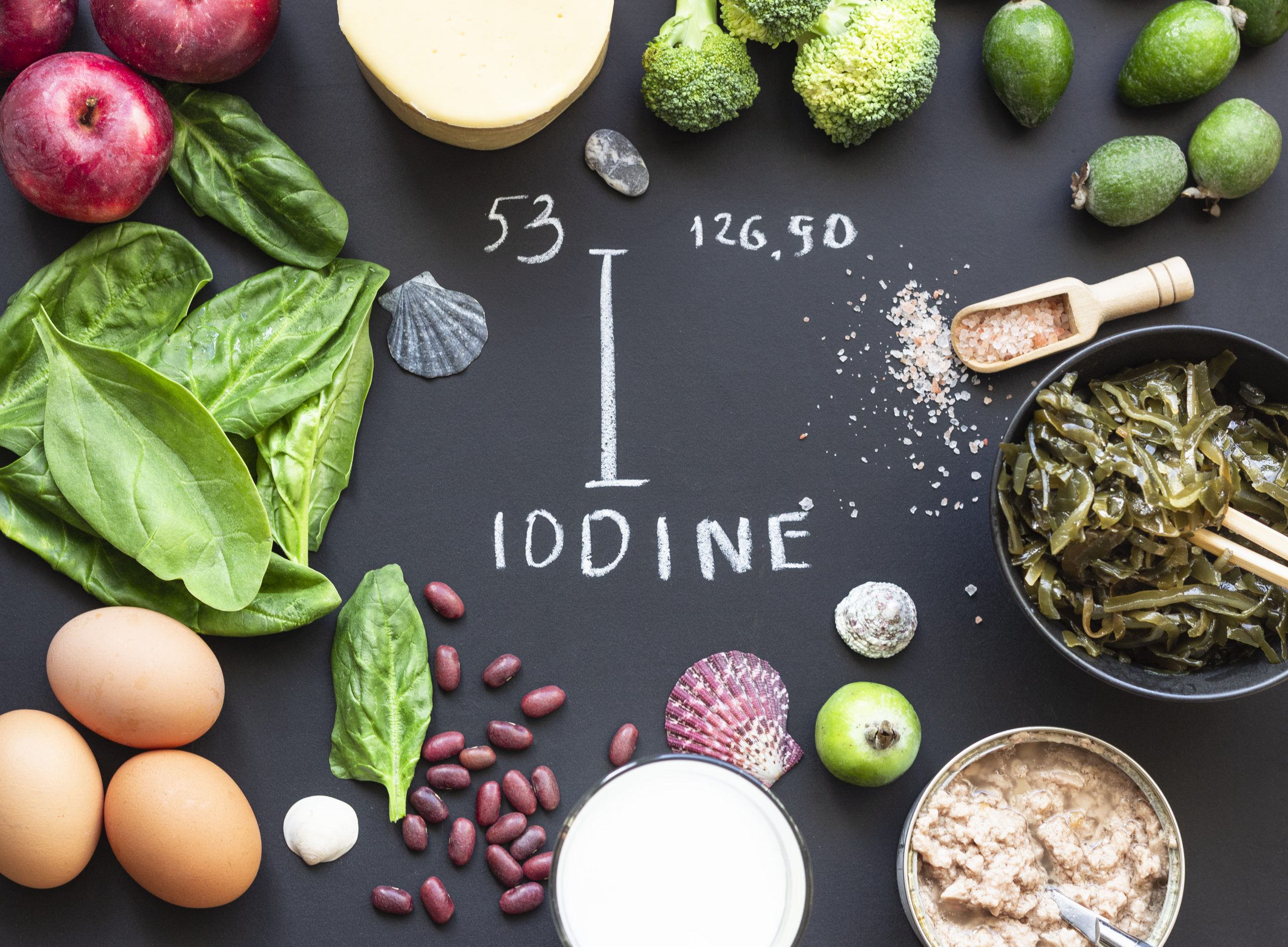
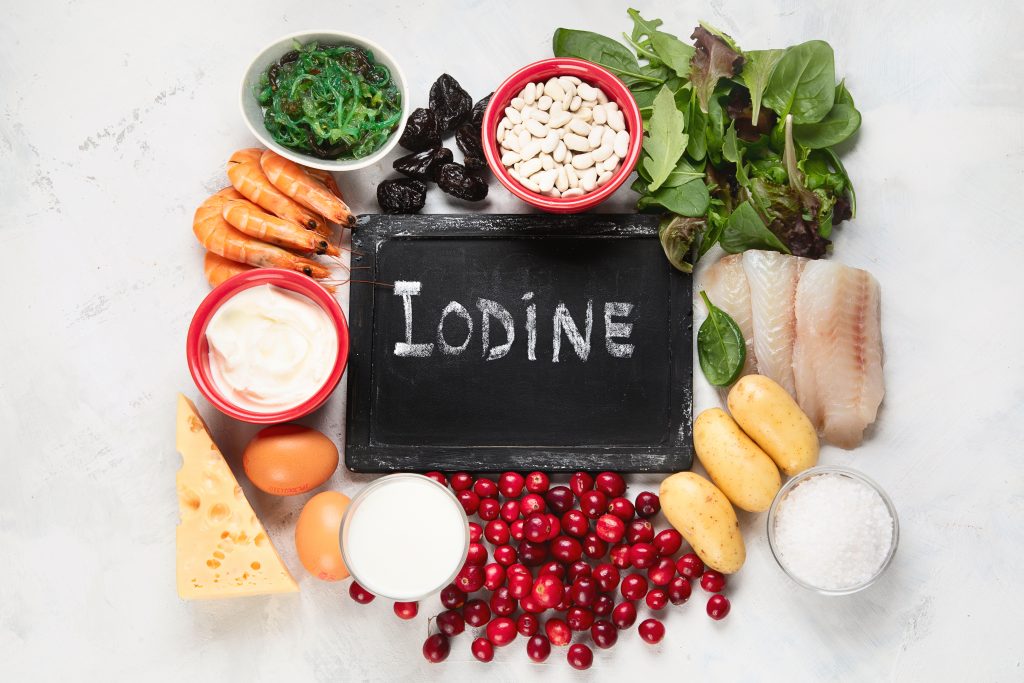


 Types of Cold Water Therapy
Types of Cold Water Therapy